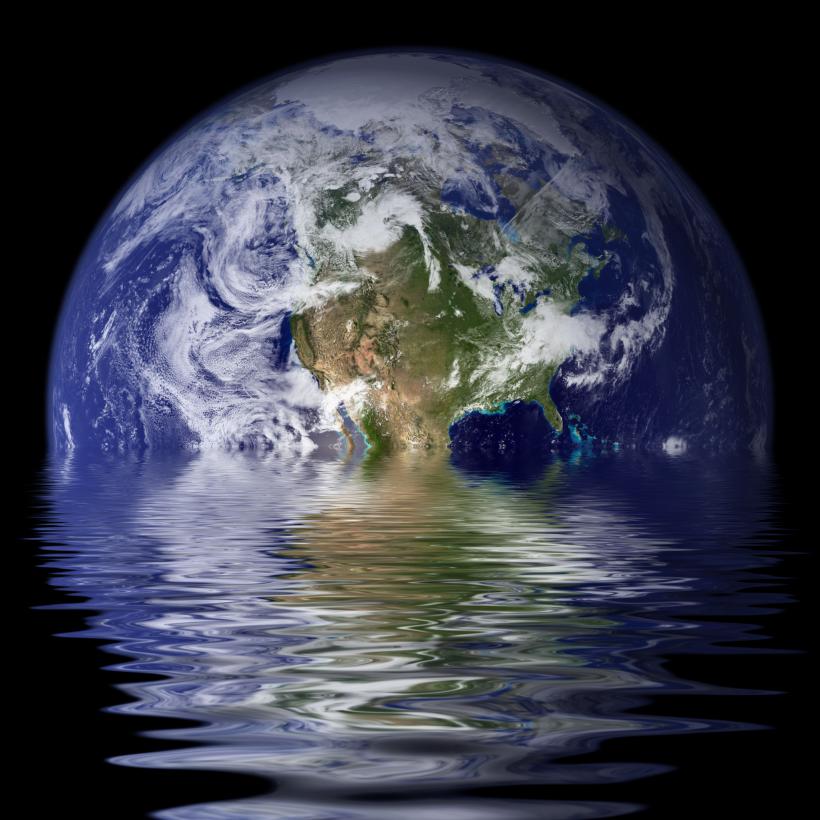
Thinkstock
Sure, it sure feels like we're hurtling towards an apocalypse when you closely consider our planet's climate change (you know, rising sea levels, devastating droughts and floods, the death of key parts of ecosystems, less drinkable water, increased disease, among other tragedies). But listen, today is Friday so we're gonna help you squeeze something palatable from all those lemons.
The glaringly potential upside global warming?
The melting of frozen areas in the world is exposing long-buried objects of history! We've written about the discovery of an ancient virus previously buried in arctic permafrost. And there’s a whole lot more where that came from! So stop reading gloomy news reports about vanishing islands and decreasing food security; here are three examples of climate change-enduced findings to distract you from gloomy forecasts.
Alpine Pass, Historic Trash
Melting glaciers along the Alpine Mountains are revealing a whole slew of artifacts from the Schnidejoch pass used for centuries by travelers through Europe. Researchers conjecture people have used the pass for a cool 6,000 years, and where there’s travelers there’s discarded garbage and accidental left-behinds. Seemingly mundane objects of Alpine—like nails, clothing and coins—are now considered priceless pieces of antiquity, many of which hail from the Roman Empire. The objects are clustered around certain time periods, probably corresponding to eras when the pass was open from retreating glaciers, as is the case now.
Canadian Arctic, Ancient Moss
Recently scientists in the far north reaches of Canada found moss among the melting ice of glaciers that covered the territory around 500 years ago. Although the plants appeared blackened and lifeless, the scientists noticed that some were actually sprouting new, green stems. Curious to see if the ancient moss was truly viable, the scientists took sample back to their lab, placed the moss in potting soil . . . waited . . . and voila! They had regenerated moss. Now that’s some botanical tenacity. As more ice retreats from the area, we can hope there will be more viable plants to provide a little Ice Age garden for our viewing pleasure.
Italy, World War I Battle
One of the more grisly global warming unveilings is occurring in northern Italy, where a steady stream of War World I soldiers' bodies are being discovered. This site of fighting between Italian and Austro-Hungarian soldiers was one of the most remote of the war, surrounded by glaciers which would eventually envelope the fallen soldiers and their supplies. In recent years, the thawing first revealed munitions, then personal artifacts like clothing, diaries and letters. Now it’s the bodies themselves—fairly well-preserved by the ice. One sobering photo shows three Axis soldiers tangled together in the frozen depths—a stark reminder of the horrors of war.
As ice around the world keeps melting, there will surely be many more unearthed pieces of the past. So whether global warming is man-induced, or just naturally occurring (hint: it’s not), we can all at least join hands and enjoy these icy relics before meeting our planetary fate à la Melancholia.






